Toyota War
| Toyota War | |||||||
|---|---|---|---|---|---|---|---|
| Part of the Chadian–Libyan conflict and the Cold War | |||||||
 Chadian soldiers on a Toyota Land Cruiser pickup truck in 2008. Vehicles such as these gave the 1986–1987 conflict its name. | |||||||
| |||||||
| Belligerents | |||||||
| Commanders and leaders | |||||||
| Strength | |||||||
| Libya: 90,000[4] 300+ tanks 60+ aircraft CDR: 1,000 militia[5] | FANT: 28,000[6] FAP: 1,500–2,000[7] France: 1,500 12+ aircraft | ||||||
| Casualties and losses | |||||||
| 7,500 killed 1,000 captured 800 tanks & APCs lost 28–32 aircraft destroyed[8] | 1,000 killed[8] | ||||||
The Toyota War (Arabic: حرب تويوتا, romanized: Ḥarb Tūyūtā, French: Guerre des Toyota) or Great Toyota War[9] was the last phase of the Chadian–Libyan conflict, which took place in 1987 in Northern Chad and on the Libyan–Chadian border. It takes its name from the Toyota pickup trucks used, primarily the Toyota Hilux and the Toyota Land Cruiser, to provide mobility for the Chadian troops as they fought against the Libyans, and as technicals.[10] The 1987 war resulted in a heavy defeat for Libya, which, according to American sources, lost one tenth of its army, with 7,500 men killed and US$1.5 billion worth of military equipment destroyed or captured.[11] Chadian forces only suffered 1,000 deaths.[8]
The war began with the Libyan occupation of northern Chad in 1983, when Libya's leader Muammar Gaddafi, refusing to recognize the legitimacy of the Chadian President Hissène Habré, militarily supported the attempt by the opposition Transitional Government of National Unity (GUNT) to overthrow Habré. The plan was foiled by the intervention of France which, first with Operation Manta and later with Operation Epervier, limited Libyan expansion to north of the 16th parallel, in the most arid and sparsely inhabited part of Chad.[12]
In 1986 the GUNT rebelled against Gaddafi, stripping Libya of its main cover of legitimacy for its military presence in Chad. Seeing an occasion to unify Chad behind him, Habré ordered his forces to pass the 16th parallel so as to link with the GUNT rebels (who were fighting the Libyans in Tibesti) in December.[13] A few weeks later a bigger force struck at Fada, destroying the local Libyan garrison. In three months, combining the methods of guerilla and conventional warfare in a common strategy,[14] Habré was able to retake almost all of northern Chad, and in the following months, inflicted new heavy defeats on the Libyans, until a ceasefire putting an end to the conflict was signed in September. The ceasefire left open the issue of the disputed Aouzou Strip, which was eventually assigned to Chad by the International Court of Justice in 1994.
Informations complémentaires
| Poids | 0.6 kg |
|---|---|
| Dimensions | 25 × 8.5 × 38 cm |
| Echelle | 1/72 |
| Matériau | Plastique |
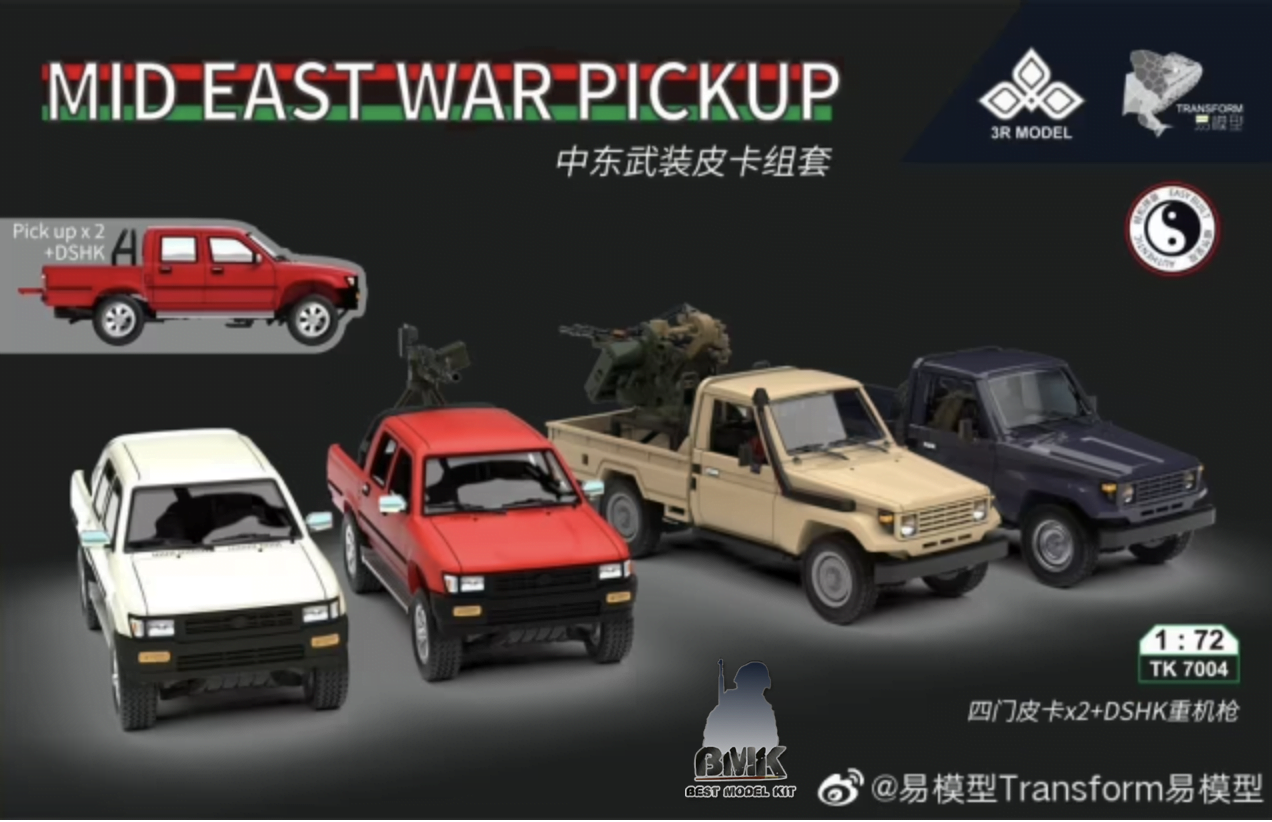
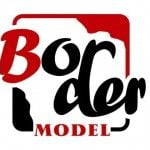
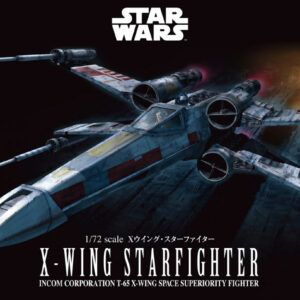
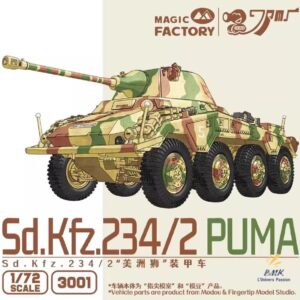

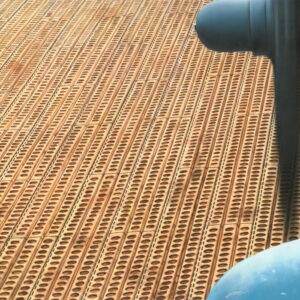
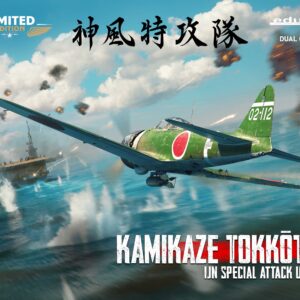
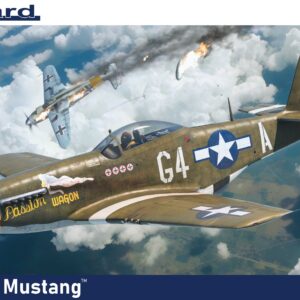

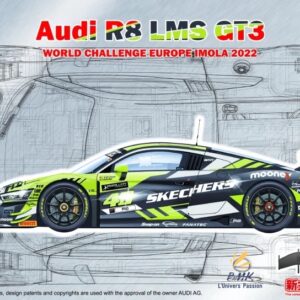
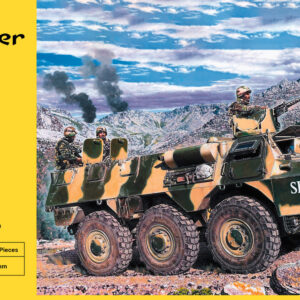
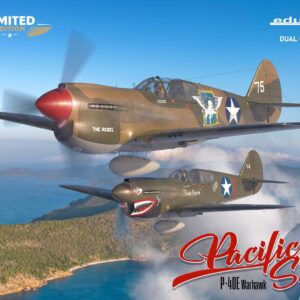
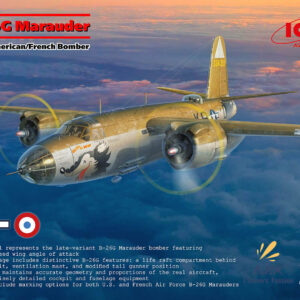
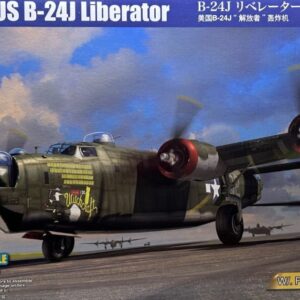
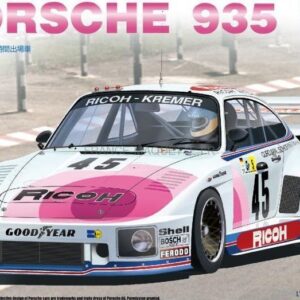
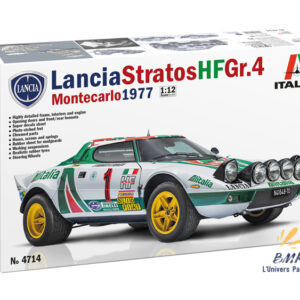
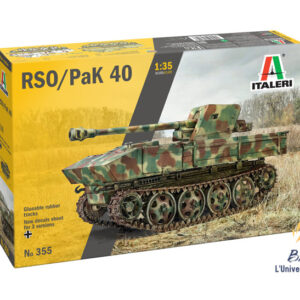
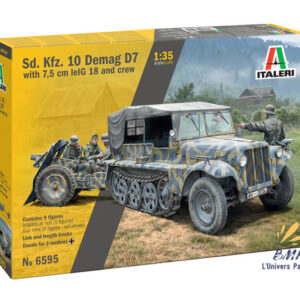
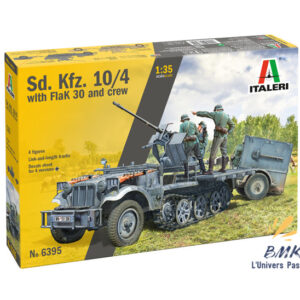
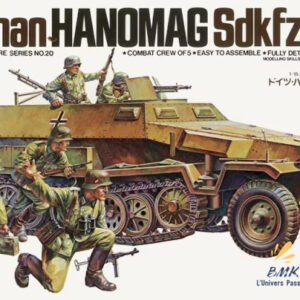
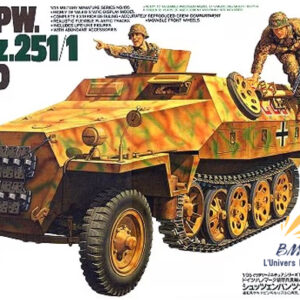
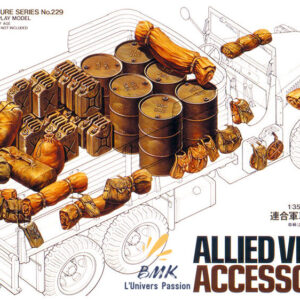

Avis
Il n’y a pas encore d’avis.